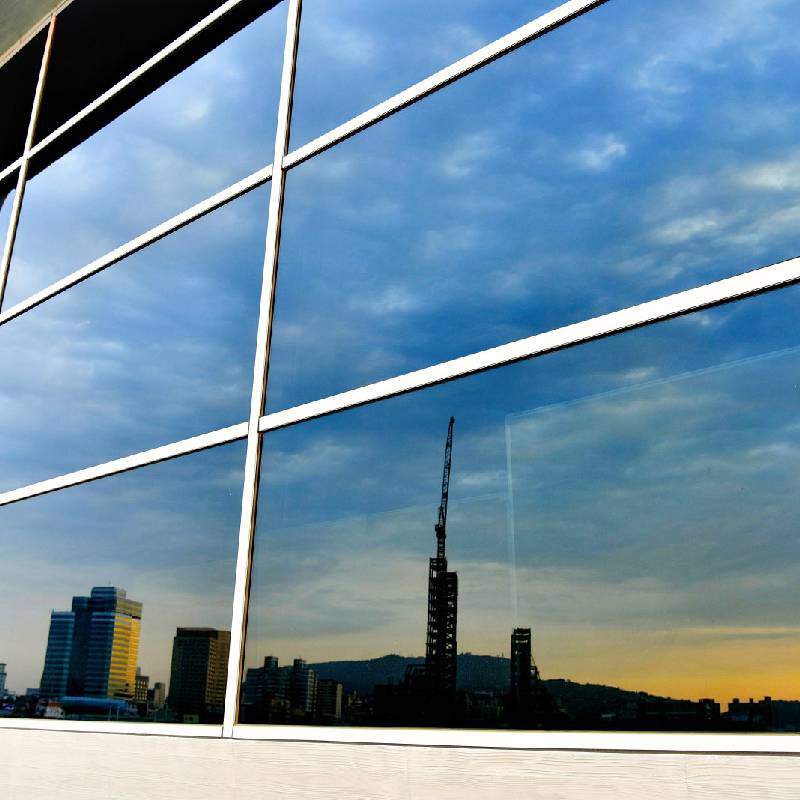

The Versatility and Applications of 10mm Float Glass
Float glass, known for its exceptional flatness and optical clarity, has become a cornerstone in modern architecture and design. One specific thickness that has garnered attention is the 10mm float glass. This article delves into the properties, manufacturing process, applications, and advantages of 10mm float glass, showcasing why it is a preferred choice for various industries.
Properties of 10mm Float Glass
10mm float glass is characterized by its impressive strength and durability, making it suitable for a range of applications. The thickness not only contributes to its robustness but also impacts its thermal and acoustic insulation properties. The glass typically possesses a translucent quality, allowing for the natural transmission of light while providing some degree of privacy. Furthermore, 10mm float glass has a high level of chemical resistance, making it less susceptible to degradation from environmental contaminants.
Manufacturing Process
The production of float glass begins with the careful combination of raw materials, primarily silica sand, soda ash, and limestone. These materials are melted together at high temperatures, forming a viscous molten glass. The molten glass is then floated on a bed of molten tin, which creates a perfectly flat and smooth surface as it cools. This process ensures that the glass is uniformly thick and free from imperfections. Once cooled, the glass is annealed to relieve internal stresses that could lead to warping or breakage. Post-manufacture, it can be cut, polished, or treated to enhance its various properties.
Applications of 10mm Float Glass
The versatility of 10mm float glass allows it to be utilized in numerous applications across multiple sectors
1. Architectural and Structural Use In modern architecture, 10mm float glass is commonly used for facades, curtain walls, and large windows. Its ability to provide vast, unobstructed views while ensuring safety and energy efficiency makes it ideal for residential and commercial buildings alike.
2. Interior Design Home and office interiors frequently incorporate 10mm float glass for partitions, shower enclosures, and decorative elements. The clarity and brightness of glass can enhance aesthetic appeal, making spaces feel larger and more open.

3. Automotive Industry In the automotive sector, 10mm float glass is used for windshields and side windows. Its durability and ability to withstand significant stress make it a suitable choice for providing both visibility and safety.
4. Furniture Design The use of glass in furniture design has gained popularity. Tabletops made of 10mm float glass offer an elegant finish while providing a durable surface. Additionally, it can be integrated into shelving, display cases, and office furniture.
5. Security Applications Enhanced security is another benefit of 10mm float glass. When used in commercial settings, tempered or laminated versions can provide added protection against break-ins while maintaining aesthetic appeal.
Advantages of 10mm Float Glass
The advantages of using 10mm float glass extend beyond its practical applications
- Aesthetic Appeal Its shiny, smooth surface contributes to a modern and sophisticated look that can enhance any design project. - Energy Efficiency When treated with low-emissivity coatings, 10mm float glass can significantly reduce energy consumption by minimizing heat transfer, thereby enhancing the energy efficiency of buildings.
- Ease of Maintenance Float glass is relatively easy to clean and maintain, making it a practical choice for high-traffic areas where cleanliness is paramount.
- Safety Features While 10mm float glass is strong, additional treatments such as tempering or lamination can make it even more resilient against breaks and impacts, ensuring safety.
Conclusion
In summary, 10mm float glass exemplifies a balance of beauty, strength, and practicality. Its diverse applications range from architectural constructs to furniture design, making it a crucial component in modern construction and interior design. As technology continues to evolve, the capabilities of float glass will likely expand, introducing even more innovative uses and enhancing its status in the marketplace. The unique properties and advantages of 10mm float glass underscore its importance as a material for both functional and decorative purposes in contemporary design.